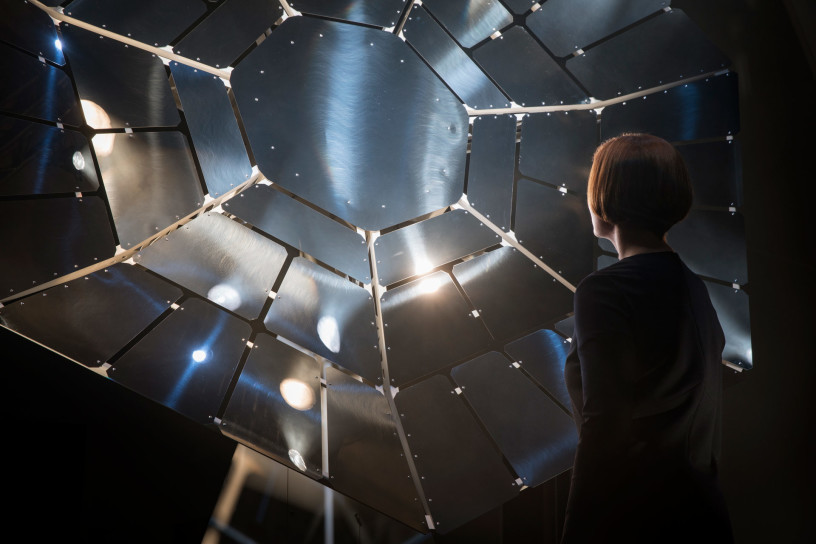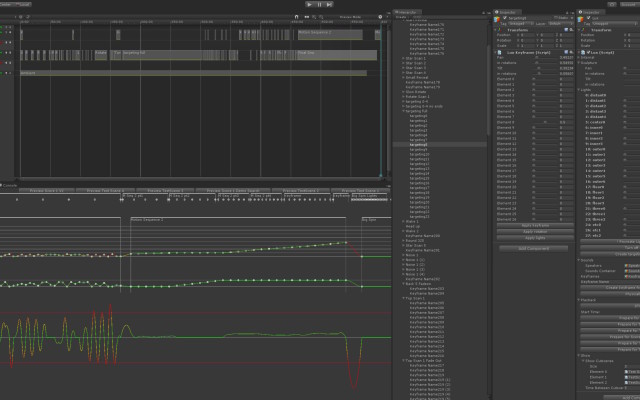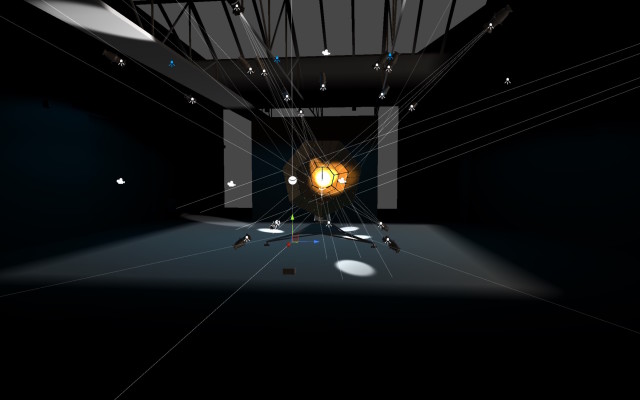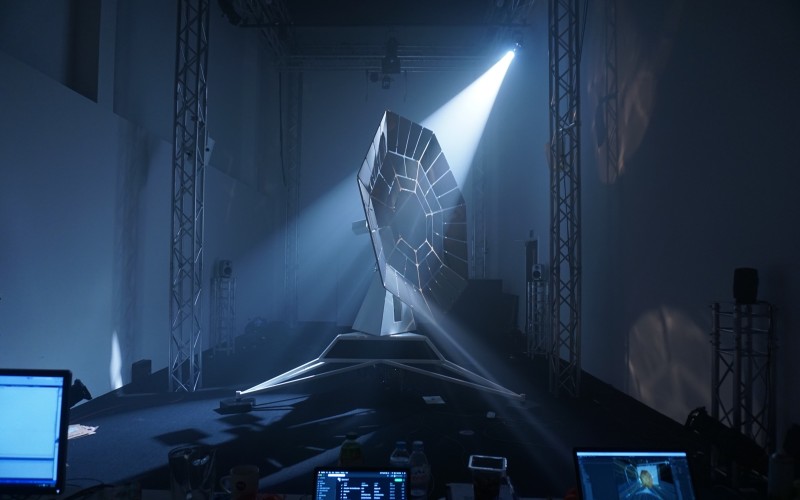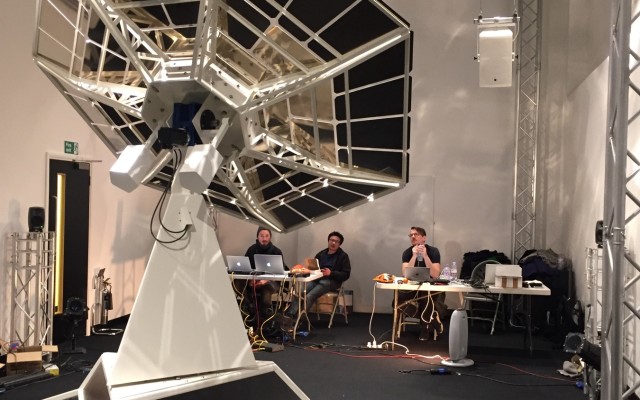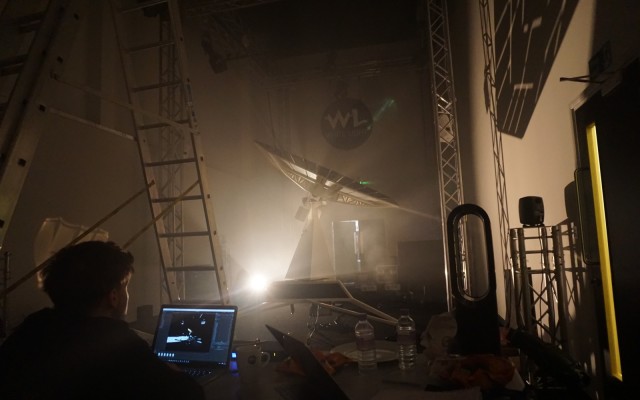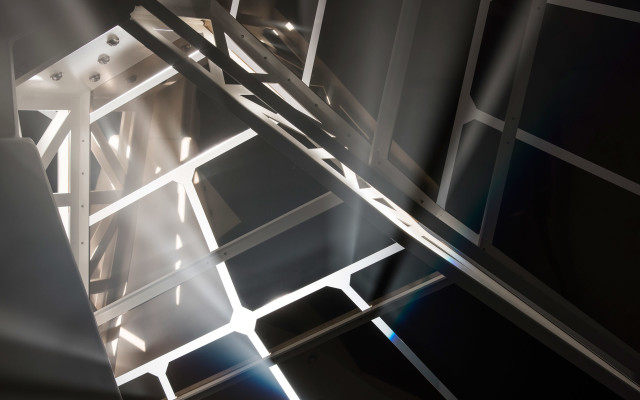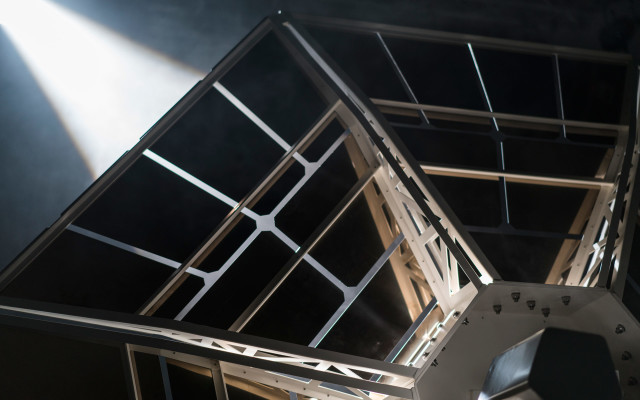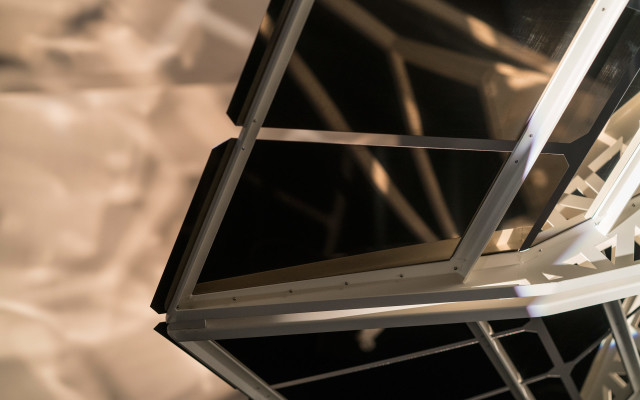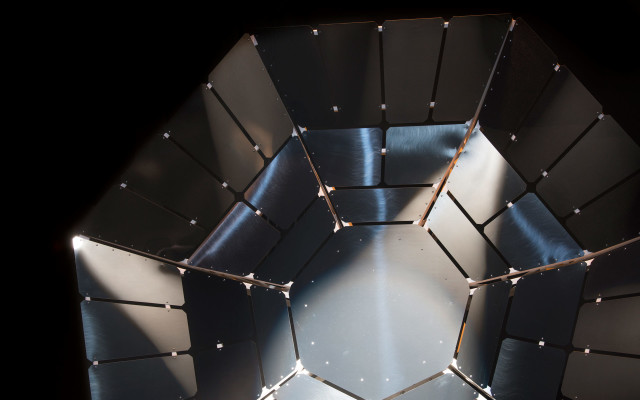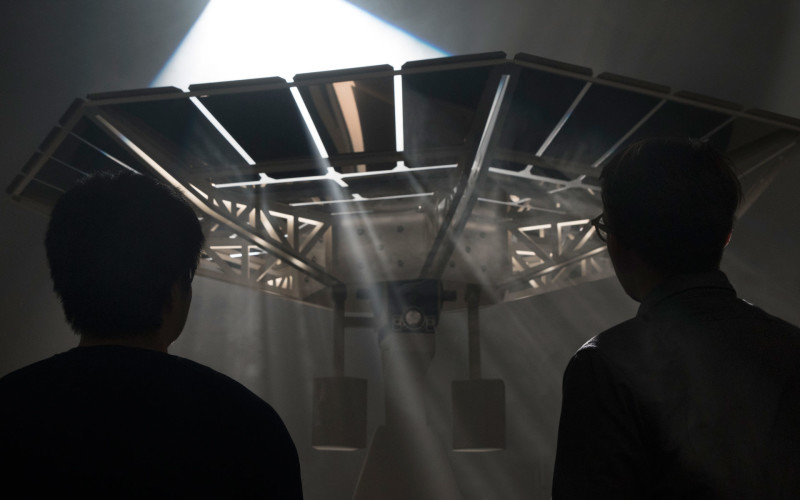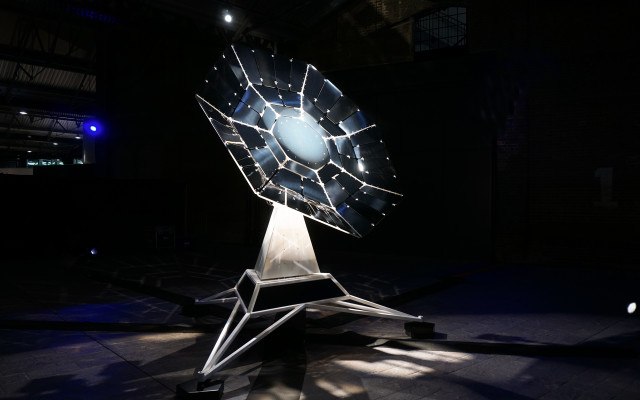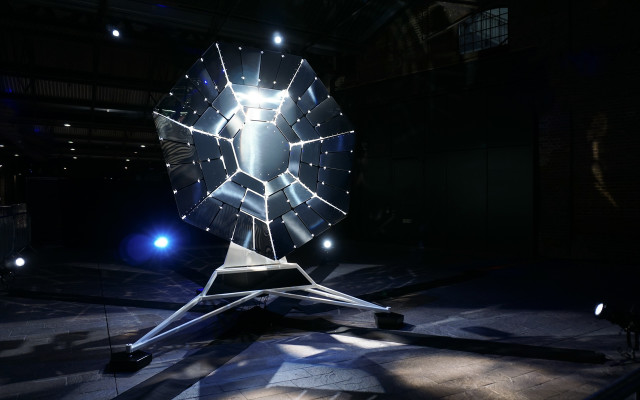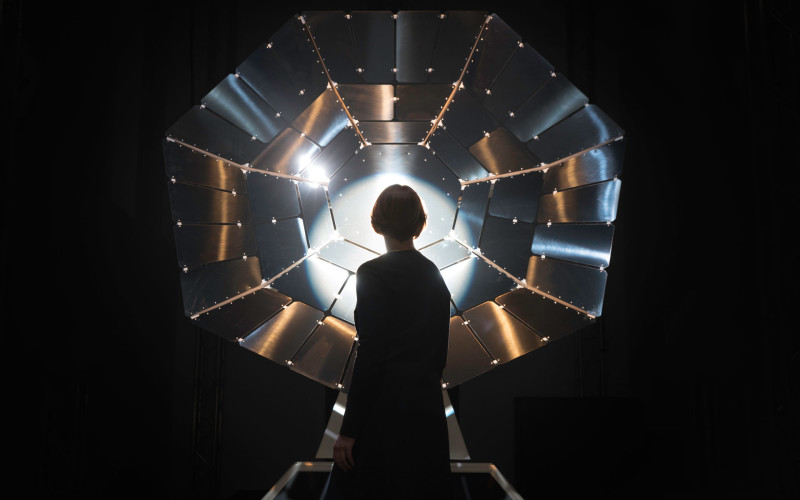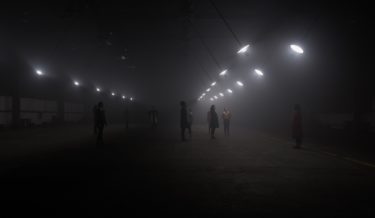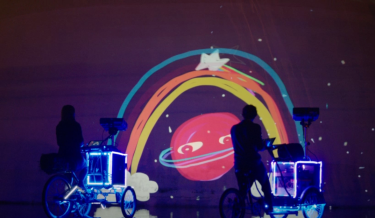Related post
Our Time – Spatial instrument for manipulating the perception of time
Jan 18, 2017
|
Comments Off on Our Time – Spatial instrument for manipulating the perception of time
3136
320° Licht: A Repurposed 112-Meter High Gas Tank Converted into a Cathedral of Light
Feb 22, 2017
|
Comments Off on 320° Licht: A Repurposed 112-Meter High Gas Tank Converted into a Cathedral of Light
2977
Lumen Interview: Ygor Marotta and Ceci Soloaga from VJ Suave
Nov 04, 2015
|
Comments Off on Lumen Interview: Ygor Marotta and Ceci Soloaga from VJ Suave
4527

